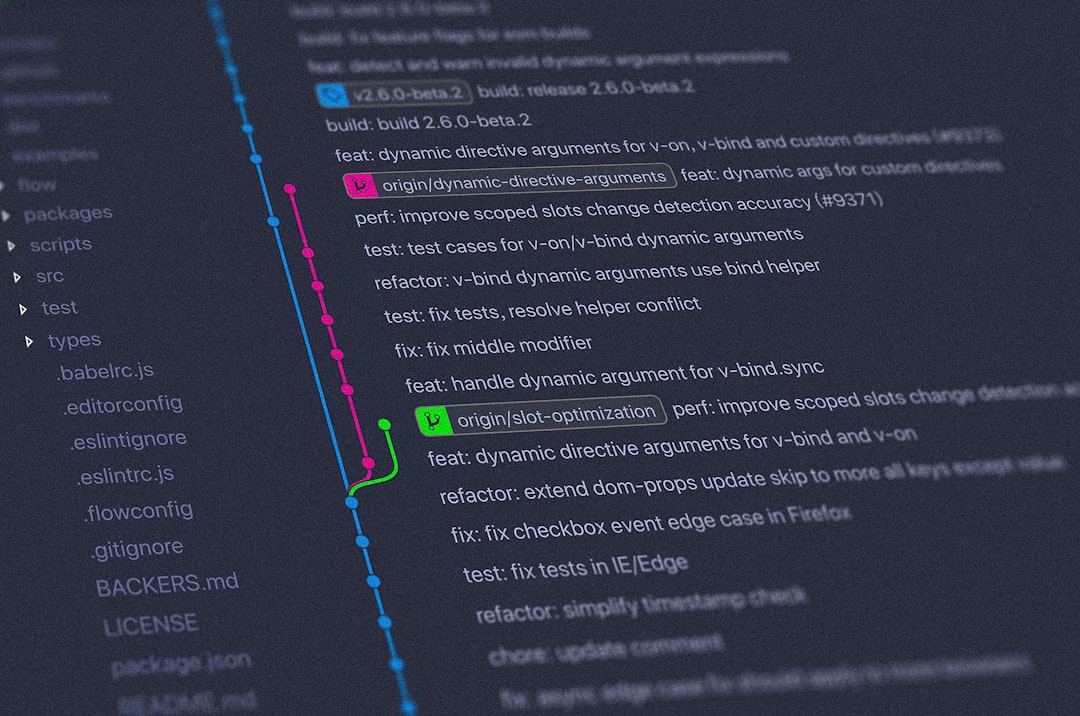Integrated terminal ⌃` Show integrated terminal ⌃⇧` Create new terminal ⌘C Copy selection ⌘↑ / ↓ Scroll up/down / PgDn Scroll page up/down Home / End Scroll to top/bottom Other operating systems’ keyboard shortcuts and additional unassigned shortcuts available at aka.ms/vscodekeybindings Keyboard shortcuts for macOS. These basic Terminal commands are often overlooked, though are useful for Mac users trying to obtain information about a system they may not be familiar with quickly and efficiently. The commands you run on the Terminal will execute in the current file location. To change the file location, you will use the Terminal command introduced below. Mac Terminal Commands List. There are tons of commands that you can make use of.

ipconfig
get
ip addressget
subnet maskget
dns serverget
info about how en0 got its dhcp on
ifconfig
get
network infoset
ip addressandnetmaskrenew
dhcp leases
networksetup
get a list of
locationon the computerget
active locationconfig manual
static ip addressconfig
dns serverget
dns server
firewall
stop the application layer firewall
start the application layer firewall
allow an app to communicate outside through the application layer firewall
route
routing table
add a route
delete a route
netstat
view info on all sockets
network info for ipv6
per protocol network statistics
statistics for a specific network protocol
statistics for network interfaces
view network info as it happens
ping
put a delay in pings
ping hostname 5 times and then stop
flood ping the host
set packet size during ping
customize source ip during ping
Mac Os Terminal Commands Cheat Sheet
trace
trace the path packets go through
without looking up names
in debug mode
nc
Mac Terminal Commands Cheat Sheet Pdf
establish a network connection
establish a network connection over port 2195
establish a network connection only allowing ipv4
setup a network listener on port 2196 for testing

tcpdump
Os X Terminal Commands
capture some packets
capture all packets
capture packets for port
capture all packets for a given port going to destination 192.168.1.160
capture packets as above but dump to a pcap file
read tcpdump (cap) files and make them human readable

other
flush the dns cache
clear arp cache
what binaries have what ports and in what states are those ports
make an alias for looking at what has a listener open, called ports
edit hosts file
Apple Commands Cheat Sheet
references
